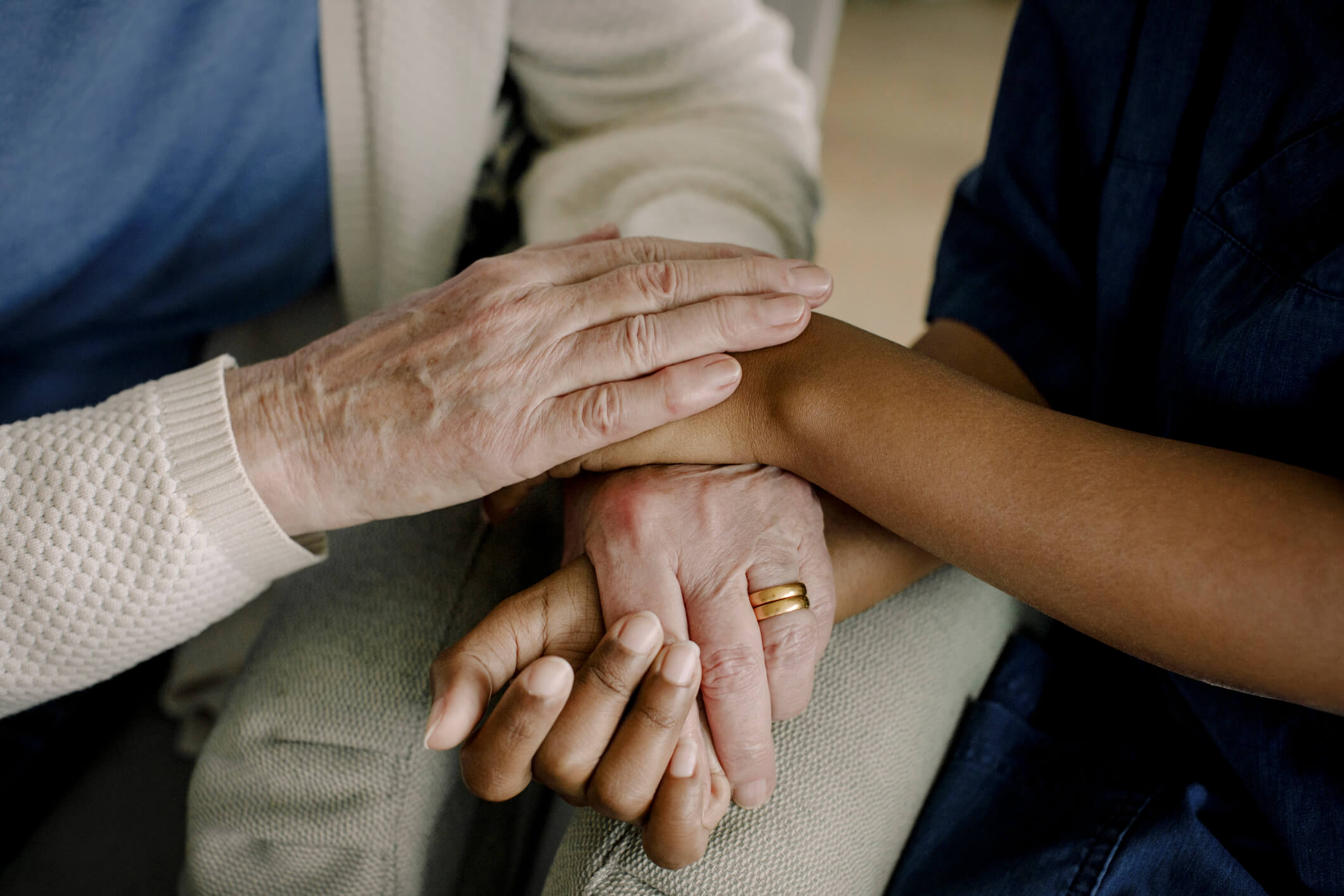Quick Hits
- Legal and operational expectations require employers to protect workers from recognized hazards, respond promptly and proportionately, respect medical privacy, and communicate accurately without stigma in response to mpox cases in the workplace.
- Mpox spreads primarily through close, personal contact with lesions, scabs, or body fluids, and via contaminated materials, necessitating prompt isolation, targeted cleaning, and practical source control in the workplace.
- OSHA expects employers to follow established safety protocols, including hazard assessments, appropriate PPE, and worker training, while maintaining medical privacy and providing clear, stigma-free communication.
This article distills current federal public health and occupational safety guidance into practical steps covering U.S. Centers for Disease Control and Prevention (CDC) and Occupational Safety and Health Administration (OSHA) expectations; cleaning and disinfection practices after workplace entry; exposure notification; and considerations for managing an infected employee.
How Mpox Spreads and Why It Matters for Workplace Controls
Mpox spreads primarily through close, personal contact—often skin-to-skin—with lesions, scabs, or body fluids, and via contact with contaminated materials such as clothing, bedding, and towels. Respiratory secretions can contribute to transmission during prolonged, close face-to-face interactions. The infectious period runs from symptom onset until all lesions have healed and new skin has formed, which commonly takes two to four weeks. Individuals with exposure but no symptoms can generally continue routine activities while self-monitoring for twenty-one days, consistent with CDC guidance. Vaccination with JYNNEOS can be used for post-exposure prophylaxis, ideally within four days of exposure (up to fourteen days if asymptomatic).
These characteristics drive a workplace approach that prioritizes prompt isolation of symptomatic cases, targeted environmental cleaning, and practical source control for higher-risk tasks.
CDC and OSHA Expectations of Employers
OSHA has not issued a disease-specific mpox standard for general industry, but the baseline legal duties are well-established. OSHA issued a fact sheet, titled, “Mpox/Monkeypox Virus” in June 2025 that explains OSHA’s expectations of employers faced with employees experiencing mpox.
The Occupational Safety and Health Act’s (OSH Act) General Duty Clause requires employers to provide a workplace free from recognized hazards likely to cause death or serious physical harm. In addition, existing OSHA standards may apply depending on tasks and risk profile, including the Bloodborne Pathogens standard, personal protective equipment (PPE) requirements, respiratory protection for respirator use, and hazard communication for disinfectants. Healthcare and certain high-risk settings may also want to align their protocols with the CDC’s infection prevention and control measures for mpox.
For most non-healthcare workplaces, OSHA expects a reasoned application of its COVID-19–era hierarchy-of-controls playbook, tailored to mpox transmission: hazard assessment; feasible engineering and administrative controls; appropriate PPE where warranted; worker training; and medical privacy protections. OSHA has publicly characterized the risk for most workers as low, but encourages enhanced precautions for roles involving close, frequent skin-to-skin contact or handling potentially contaminated materials (for example, housekeeping/laundry, personal services, congregate living support, and certain animal care settings).
What to Do After Someone With Mpox Has Been in the Workplace
When an employer learns that a symptomatic individual with mpox was present in the workplace, the employer’s goals should be to reduce environmental contamination, break chains of transmission, and protect privacy. Steps an employer might consider to effectuate these goals include the following:
- Conducting a site-specific hazard assessment to map the infected individual’s recent movements and identifying surfaces and materials likely to have been contaminated. Focus particularly on high-touch areas and soft goods such as upholstered chairs, linens, and shared equipment.
- Closing off affected spaces as feasible to allow for cleaning and to minimize inadvertent contact during the response. There is no requirement for prolonged closure once cleaning and disinfection are complete.
- Cleaning and disinfecting in accordance with CDC infection control guidance. Use an EPA-registered, hospital-grade disinfectant with an emerging viral pathogens claim and follow label instructions for contact time and safe handling. Clean visibly soiled surfaces with detergent prior to disinfection. For textiles, launder using standard detergents on the warmest appropriate water setting and dry completely; minimize agitation of soiled linens to reduce aerosolization. Workers performing cleaning should wear appropriate PPE based on product labels and exposure risk (for example, gloves, gowns or coveralls for heavy contact, eye protection, and, if aerosol-generating tasks cannot be avoided, at least an N95 respirator).
- Managing waste in line with local requirements. Ordinary office waste that has been properly cleaned and disinfected can generally be disposed of as routine municipal waste. Healthcare and laboratory settings should follow stricter biomedical waste and select agency rules where applicable.
Once cleaning is complete, affected spaces can be returned to service.
Notifying Employees of Potential Exposures Without Violating Privacy Rights
Federal law does not impose a blanket mpox exposure–notification rule for private-sector employers outside healthcare. That said, two principles apply broadly.
First, medical information must remain confidential. Do not disclose the identity, medical status, or other personally identifying details of the infected employee to coworkers. Maintain all medical information in confidential files separate from personnel records.
Second, provide timely, need-to-know communications to employees who may have been in close contact or shared the same spaces. Best-practice exposure notices typically include a description of the date(s) and location(s) where potential exposure occurred; an outline of mpox symptoms to watch for and the twenty-one-day self-monitoring window; a reference to CDC guidance regarding vaccination after exposure and instructions to contact a healthcare provider or local health department; reiterating that symptomatic employees must not report to work; and directing questions to a designated HR or safety contact. Notices are intended to be factual, neutral, and free from speculation or stigma.
Healthcare, congregate, and other regulated environments may have additional state or local notification or recordkeeping requirements; employers in those sectors may want to ensure their protocols and procedures are aligned with industry-specific rules.
Managing an Employee Who Is Infected With Mpox
When an employee reports a confirmed diagnosis or is clinically diagnosed with mpox, following a structured approach that protects health, complies with applicable laws, and supports a safe return to work is sensible. Such an approach typically includes the following elements:
- Excluding symptomatic workers from the workplace for the duration of illness. CDC advises individuals with mpox to isolate until all lesions have healed and new skin has formed—a period that typically lasts two to four weeks. If the employee cannot fully isolate at home, source-control measures (covering lesions, wearing a well-fitting mask, restricting to a separate space, avoiding shared fabric surfaces, and rigorous hand hygiene) are recommended, but home isolation remains the safest course in most workplaces.
- Providing leave and benefits information. Employers may want to ensure that the employee receives information about available paid sick leave, short-term disability, and job-protected leave under applicable federal, state, and local laws and employer policies. Case-by-case reasonable accommodations under disability laws may be required, including telework where feasible.
- Protecting privacy. Employers may want to ensure that they limit internal disclosure of the employee’s status to those with a business need to know. Employers may also want to ensure that all medical information is stored confidentially in accordance with federal and state laws.
- Coordinating return to work. Employers may require documentation from a healthcare provider confirming fitness to return. Where residual noninfectious skin changes are present, consider temporary adjustments (for example, nonocclusive dressings or modified duties) that do not create contamination risks.
- Reinforcing nondiscrimination. Mpox is not limited to any sexual orientation or demographic group. Employers may want to ensure that their policies expressly prohibit harassment or differential treatment, and train managers to respond promptly to concerns.
Practical Controls to Reduce Workplace Risk
In response to the increase in cases of mpox and similar threats, some employers have begun to revisit and, where appropriate, formalize an infectious disease response plan that can be activated when necessary. Practical measures include enhanced hand hygiene and accessible sanitizers; discouraging presenteeism and promptly sending home symptomatic workers; permitting protective gear such as gloves for tasks involving potentially contaminated materials; targeted cleaning and disinfection protocols for high-touch surfaces and shared textiles; and, in roles with higher contact risk, task-based PPE supported by training and fit testing where respirators are used.
For employees who report exposure but are asymptomatic, the CDC indicates they may continue routine activities while self-monitoring for twenty-one days. Employers should allow self-monitoring, encourage prompt medical consultation about post-exposure vaccination, and instruct employees to stay home immediately if symptoms develop.
Sector-Specific Considerations
Healthcare employers should follow the CDC’s infection prevention and control for mpox, including standard, contact, and droplet precautions with eye protection, and airborne precautions for aerosol-generating procedures. Laboratories must meet CDC biosafety guidance for specimen handling, including BSL-2 practices with additional containment for procedures that may generate aerosols, and use EPA-registered disinfectants on List Q for decontamination. In California, employers covered by the Aerosol Transmissible Diseases Standard (California Code of Regulations, Title 8, Section 5199) have additional mandatory controls; other states may issue parallel sector guidance.
In hospitality, fitness, and personal services, reinforce client screening for visible rashes, avoid skin-to-skin services where lesions are present, and enhance laundry and surface disinfection. Housekeeping and laundry staff should be trained to handle potentially contaminated linens with minimal agitation and appropriate PPE.
The Bottom Line
Acting quickly, proportionately, and privately when a case arises can help prevent the spread of mpox. Healthcare guidance from the CDC recommends isolating the infected employee from the workplace until full recovery, cleaning and disinfecting affected areas with EPA-registered products, and notifying potentially exposed employees without naming the individual.
Additional measures may include the following:
- Fulfilling OSHA duties through a documented hazard assessment, feasible controls, task-appropriate PPE, and worker training. In higher-risk roles or sectors, consider aligning with the CDC’s mpox infection control measures and any state-specific rules.
- Communicating clearly and without stigma. Provide employees with accurate information on symptoms, monitoring, vaccination after exposure, leave options, and whom to contact with questions.
- Keeping medical information confidential and ensuring that any return-to-work decisions are guided by CDC criteria and, where appropriate, healthcare provider clearance.
As with all information pertaining to infectious disease responses, federal, state, and local guidance can evolve as situations develop. Aligning the employer’s program to the CDC’s infection control principles and OSHA’s core safety framework will keep the workplace on solid ground.
Ogletree Deakins’ Workplace Safety and Health Practice Group will continue to monitor developments and provide updates on the Workplace Safety and Health blog as additional information becomes available.
Follow and Subscribe
LinkedIn | Instagram | Webinars | Podcasts







